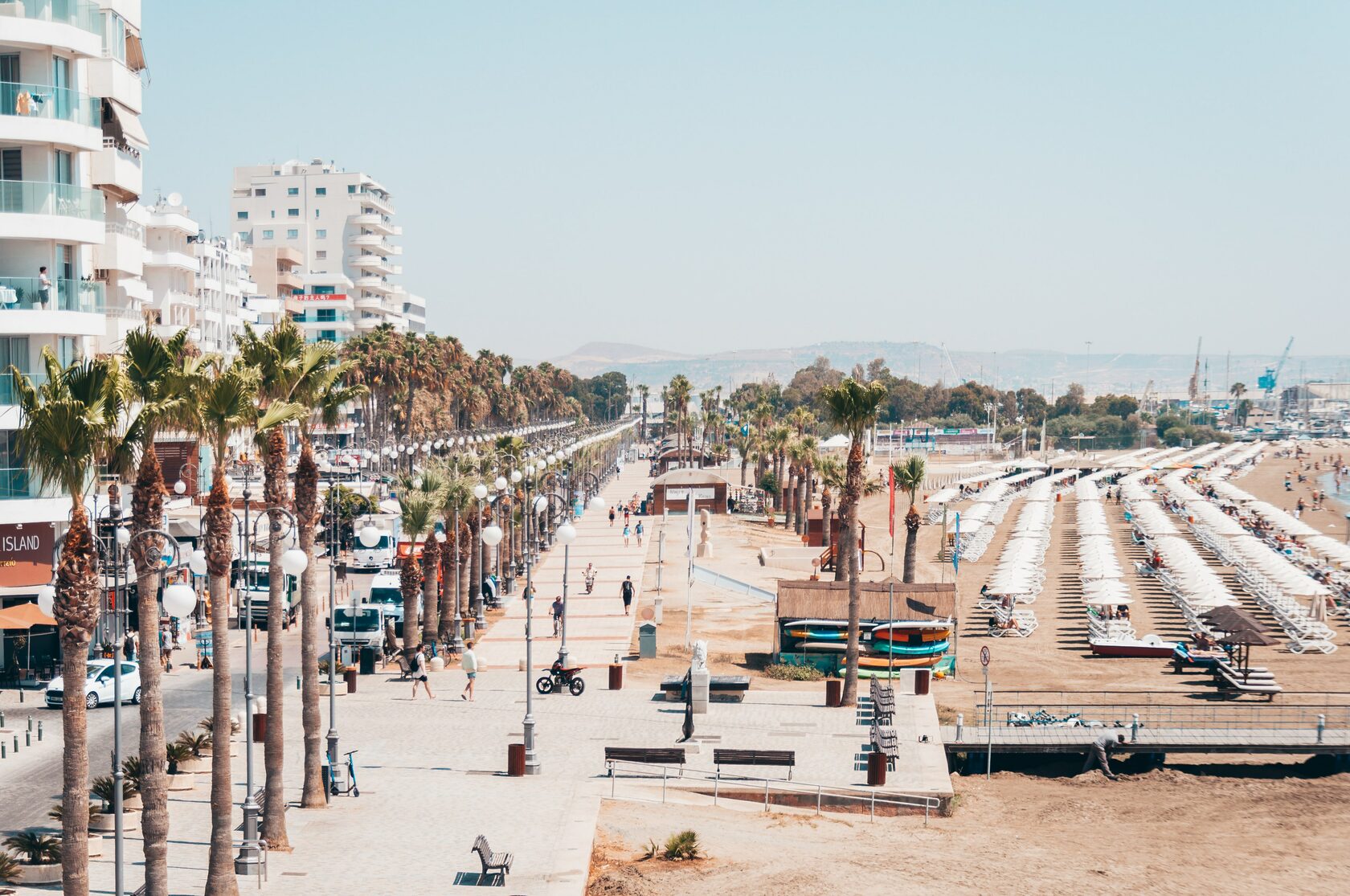For our analysis, we took the capital Nicosia, the resort Ayia Napa, the largest transport hub Larnaca, the IT business center of the island Limassol, the «dark horse» with huge development potential Paphos, the greenest and most beloved Cypriot region Polis and ideal for winter tourism the Troodos mountain range.
In the first part of the article, we will give an overview of the general trends in the economy and life of Cyprus, compare the key regions by sectors of residential and commercial real estate, and the cost of renting offices in business centers.
Cyprus economy
According to PricewaterhouseCoopers (PwC), before the coronavirus 2020, Cyprus was showing strong economic growth for 5 consecutive years. In 2019, GDP grew by 3,2%. After the global outbreak of COVID-19, real GDP fell by 5,05%. A partial recovery is expected in 2021, which will largely depend on the progress of vaccinations in the country.
Real estate sector
Real estate and construction remain one of the main parts of the Cyprus economy. In 2020, this sector provided 17% of the country’s gross value added (PwC report, April 2021). According to Deloitte’s report, the Cyprus property market will continue growing steadily over the next 5 years. The office real estate market is expected to grow by 30%.
From 2014 to 2019, the average area of a building permit increased by 125,2%, which is connected with the development of larger projects.
Nicosia and Limassol are the most popular cities for construction, while Larnaca and Paphos are 2 times behind in terms of the number of building permits.
Residential property
In coronavirus 2020, the average cost of real estate transactions decreased in all regions of the island. The segment of affordable residential real estate from 100 to 300 thousand euros turned out to be the most stable.
Housing is mainly bought in Limassol and Paphos, where most of the contracts of sale are signed by foreign buyers. These two coastal regions together account for nearly two-thirds of all foreign operations on the island.
Residential property prices changed a little in 2020:
- Nicosia — 1% growth
- Limassol — 2% growth
- Larnaca — 2% growth
- Paphos — 2% fall.
The Limassol region is still keeping the highest share of luxury residential transactions at 54%, followed by Paphos at 31%.
Commercial real estate
Limassol is an undisputed leader in terms of rent for Class A offices. Larnaca, Nicosia and Paphos are very similar in terms of price.
Average rental price per square meter in class A business centers
- Limassol — 31.00 €
- Larnaca — 15.46 €
- Nicosia — 14.78 €
- Paphos — 14.37 €
Number of class A business centers
- Limassol — 33
- Nicosia — 11
- Larnaca — 5
- Paphos — 3
Business in Cyprus
The number of IT companies on the island is growing steadily. The positive dynamics persists even during the crisis years. This is explained by:
- low corporate tax rate of 12,5%;
- favorable IP-Box tax regime, which allows technology companies to reduce income tax by up to 2,5%;
- English law;
- mild climate;
- good location between Europe and Asia;
- Cyprus is a part of the European Union, which became especially important after Brexit, when many companies started choosing the island for relocation.
Conclusions
The Cyprus economy took a long time to get out of the 2008 crisis, but after recovering it showed stable growth, which could only be interrupted by the black swan of lockdowns. The government came to the right conclusions: in recent years, Cyprus has become not only a center for tourism and offshore companies, but also a favorite place for IT relocation and creative business.
Construction remains an important sector of the economy. The industry is supported by foreign investment as well as the growth in the number of international companies and their representative offices on the island.
Commercial, residential and tourist properties are the most attractive for investment in Cyprus. Real assets that you can touch provide stable cash flow from long-term rentals or fast money turnover by early investment in Distress Property.





